Sights to see on The Malahide Castle & Howth Tour
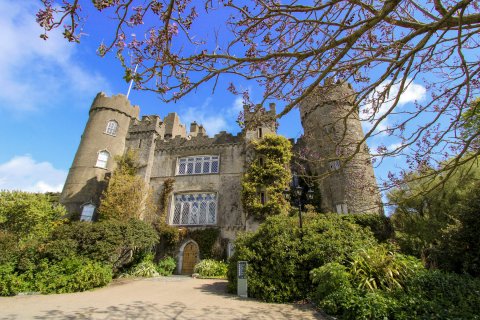
This magnificent 12th century castle was built after the Norman invasion of Ireland by the Talbot family, who lived here from 1185 to 1973, when the last member of the Talbot family died. The house is furnished with beautiful period furniture together with an extensive collection of Irish portrait paintings, mainly from the National Gallery. Its breathtaking expansive gardens are great for a stroll and are perfect for those photo snapshots! Afterwards,the Avoca Café which overlooks the Walled Botanic Gardens, is great for a bite to eat!
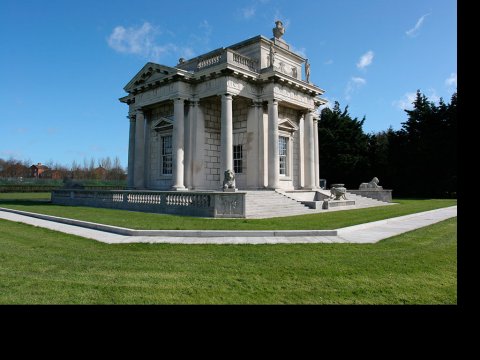
The Casino was built in the 18th Century and is considered one of the finest neo-classical buildings in Europe. The Casino, meaning “small house” surprisingly has 16 rooms and is decorated with ornate plasterwork and richly patterned marquetry floors.
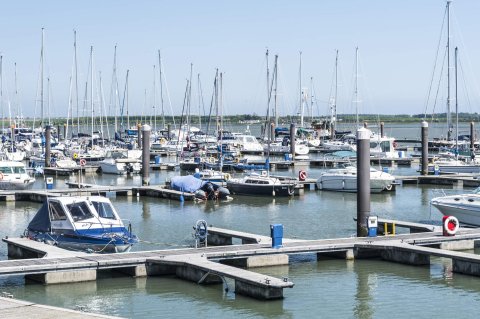
Howth is a small village with a thriving fishing industry and is a very popular sub-urban resort on the north side of Dublin City. Here, you will find a collection of brilliant hiking trails and scenic views of Dublin Bay that are definitely worth checking out. For brilliant views of the cliffs and Lambay Island, try the Bog of the Frogs loop. This starts at Howth harbour and ends at Howth Head. There are 4 hiking routes in total, so there is something for every level of walker. Afterwards,you can sample its best fish and chips along Howth pier.
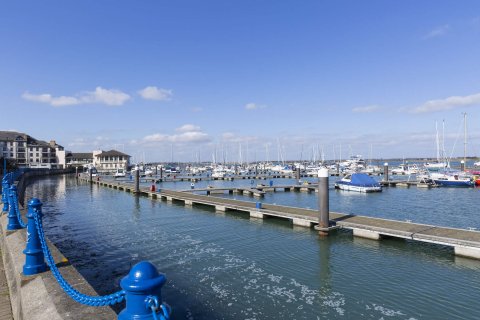
Malahide Marina and Village is a stunning location with scenic views and a fully serviced marina. It also has a wide variety of restaurants to choose from. Some of the main attractions of the area include an historical castle and botanic gardens, which will definitely get you cameras snapping!
Clontarf offers some of the most stunning views of Dublin Bay. The town has retained its charm with St. Anne’s Park nearby and is also the home of some of the most unique flora and fauna. This is located at the Bull Island Nature Reserve.
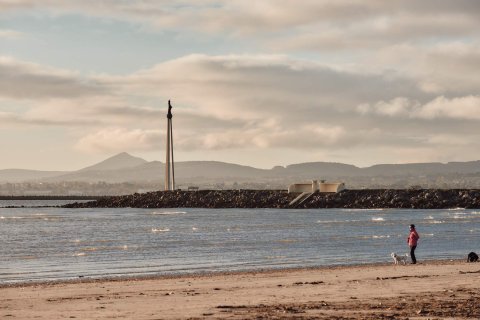
North Bull Island is located in on the north side of Dublin Bay. It has built up gradually over 200 years after a manmade sea wall was built to prevent silting at the mouth of the river Liffey and to maintain a clear route for incoming ships to Dublin port.
